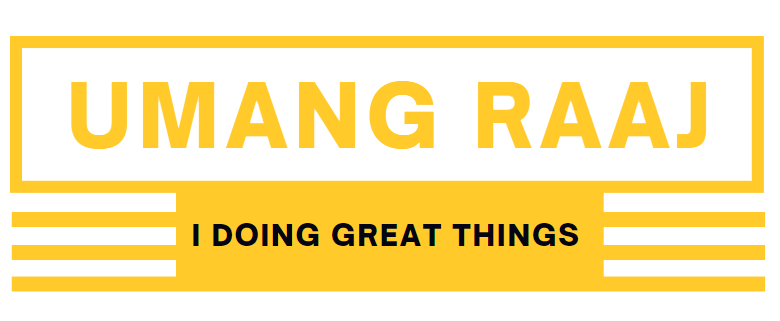In an age defined by constant connectivity and digital saturation, the concept of the digital minimum has emerged as a beacon of consciousness and peace. Digital minimalism isn’t about rejecting technology altogether, it’s about intentionally and thoughtfully using digital tools to regain control of our lives. In this blog post, we explore the essence of digital minimalism, its benefits, practical techniques and how it can help achieve balance in a hyperconnected world.
The digital flood
The digital revolution brought unprecedented convenience, but also a plethora of notifications, alerts and endless scrolling. Once liberated with our smartphones, they have become potential captives in our minds. Digital minimalism offers an antidote to this onslaught of excess, promoting a lifestyle that values quality over quantity and presence over distraction.
The benefits of digital minimalism
Increased mental clarity: By reducing digital clutter, digital minimalism allows our minds to breathe. With fewer distractions, we can think more clearly, make better decisions, and engage in deeper and more focused work.
Improve efficiency: Digital minimalism encourages the elimination of unnecessary digital activities, allowing time for meaningful analysis and increased overall productivity
Deeper connections: Digital minimalism enhances real connections by urging face-to-face priority over virtual engagements. This can create a stronger relationship and an increased sense of ownership.
Improved well-being: Excessive consumption of digital content, especially on social media, is associated with increased stress, anxiety, and feelings of inadequacy Digital minimalism promotes a positive relationship with technology, and affects mental health in a positive way.

Practical Methods
Digital decluttering: Start by decluttering your digital life. Get rid of unnecessary emails, uncheck accounts that don’t add value, and delete infrequently used apps. Keep only equipment that serves a logical purpose.
Set boundaries: Set specific times to check email and social media. Create “digital-free” zones in your home and some activities to fully immerse yourself in the present moment.
Use it deliberately: Before drawing unnecessary attention, ask yourself if the content is relevant or useful to your goals. Aim for purposeful engagement rather than endless exploration.
Digital Detox : Periodically disconnect from all digital devices. Use this time for offline activities like reading, spending time in nature, or pursuing non-screen hobbies.

Cultivating digital minimalism
Look at your digital diet: Think about which digital tools and platforms actually improve your life and which ones just save you time and attention. Choose wisely what to keep and what to let go.
Repeating Analog Activities: Bring analog experiences back into your life, such as reading a physical book, writing in a journal, or engaging in crafts.
Prioritize deep work: Establish focused times for deep work without distractions. Turn off notifications and create a focused environment.
In a world of ubiquitous technology, digital minimalism emerges as a compass that guides us toward a more balanced and intentional relationship with our digital devices. By consciously managing our digital landscape, we can reclaim precious time, be mindful and foster meaningful relationships As we embrace the principles of digital minimalism, we pave the way for a more passionate, purposeful, fulfilling life in the midst of a digital deluge. Remember, the journey to digital minimalism is different for everyone—take small steps, find what works for you, and enjoy the newfound freedom and clarity that awaits.

